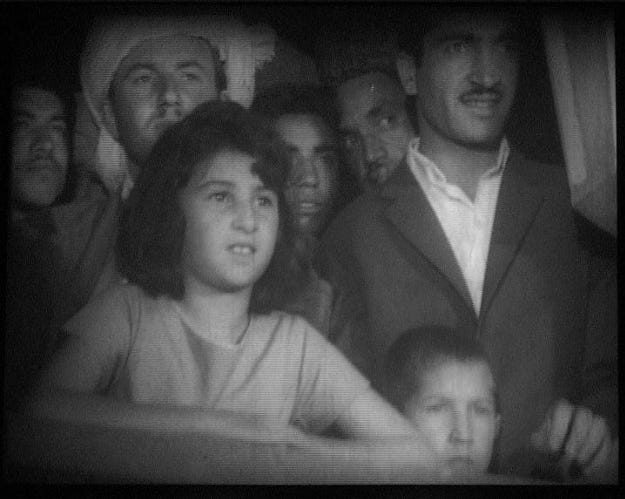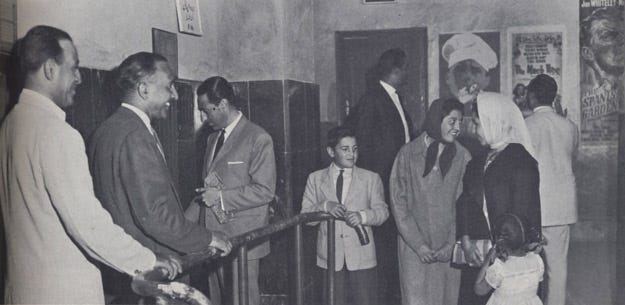Tracing the Roots of Early Afghan Cinema
Words by Zobia Alam
Welcome to the Brown History Newsletter. If you’re enjoying this labour of love, please do consider becoming a paid subscriber. Your contribution would help pay the writers and illustrators and support this weekly publication. If you like to submit a writing piece, please send me a pitch by email at brownhistory1947@gmail.com. Check out our Shop and our Podcast. You can also follow us on Instagram and Twitter.
Tracing the Roots of Early Afghan Cinema by Zobia Alam
Afghanistan’s diverse cultural legacy has been moulded by decades of magnificent art, antiquities, music, and poetry. Despite years of devastating political challenges, censorship, ostracisation and dangerous circumstances, the charm of creating art and its ability to transcend turmoil has always persisted in the country. Afghanistan’s often overlooked yet fascinating filmic past, portrays the beauty, intricacy and complexity of Afghan society. The early years of Afghan cinema offer a glimpse into the country’s rich cultural, historical, and artistic identity.
In the early 20th century, stories from around the world were narrated on movie screens in Afghanistan through its first ever “magic-lantern” projector. Cinema was deemed a new and decadent form of storytelling that evoked wonder, inspired modernity, and transcended boundaries unlike any other. Therefore, rooted in the desire for cultural progress and social reformation, the art of film first developed in Afghanistan under the reign of Amir Habibullah Khan.




